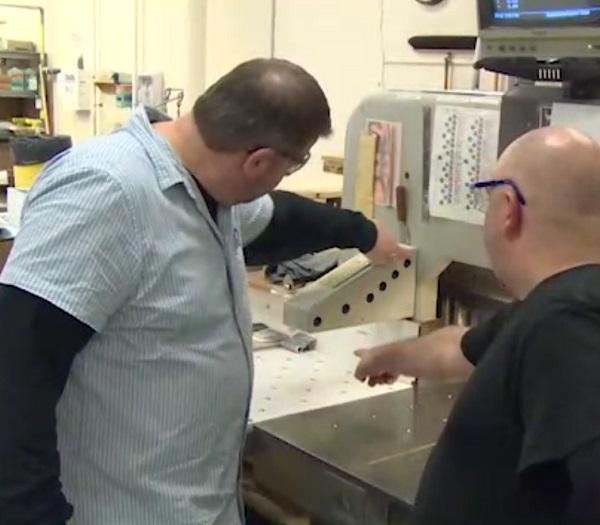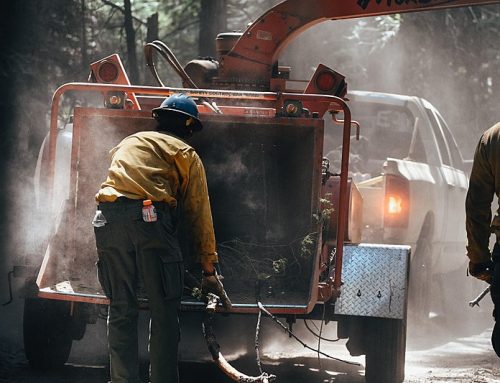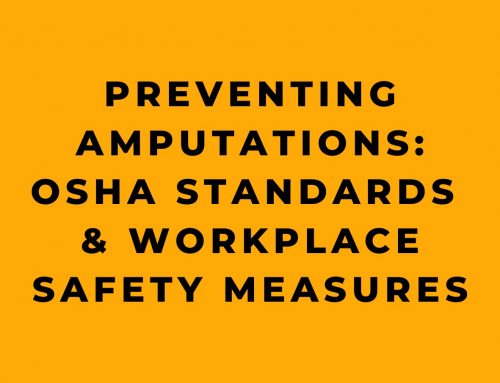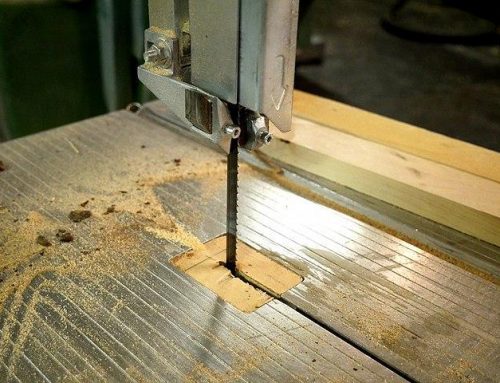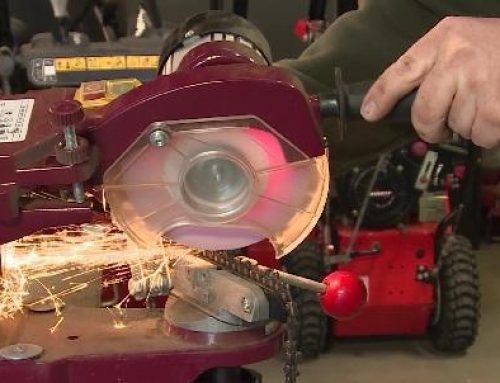Industrial workplaces rely heavily on powerful machinery to increase productivity and efficiency. However, operating powerful equipment comes with safety risks that can lead to severe injuries and even fatalities if proper precautions are not taken. This article provides an in-depth look at critical machine guard safety information extracted from an online workplace safety training course. It outlines the hazards posed by industrial equipment and details various types of machine guards and safety devices that can protect workers. Safe work practices are also covered to ensure employees stay injury-free around machinery. With the right combination of safety guards, devices, and proper training, worksites can boost productivity while keeping personnel safe.
The Power and Hazards of Industrial Machinery
Industrial machines enable us to accomplish tasks well beyond human capability alone. However, added productivity comes at a cost. The more powerful the equipment, the greater potential dangers it poses to operators and other personnel. Key hazards include:
- Roughly 15,000 machine-related workplace accidents occur annually in the United States. These lead to severe crushing injuries, deep lacerations, amputations, and abrasions. Hundreds result in fatalities.
- robotic equipment with complex, articulated motions are particularly hazardous given their unpredictable movements.
- Computer-controlled machinery can quickly change direction and speed in hazardous ways.
Most machine-related incidents can be prevented through proper use of safety guards and devices. They keep workers clear of dangerous mechanical zones and offer protection from hazards like fast-moving components, flying debris, sparks, and kickbacks.
Understanding Equipment Movements
To avoid machinery hazards, employees must understand how it moves:
- Rotation – Spinning parts like gears, rollers, shafts, and belts.
- Reciprocation – Back-and-forth linear action like a sewing machine needle.
- Transverse Motion – Movement in a straight line like a milling machine cutter.
These motions can also combine to produce complex articulated movements. The more unpredictable the motion, the greater need for safeguards.
Hazard Zones on Machinery Guards are vital in three high-risk areas:
- Drive Train – The components providing power to the machine like motors, belts, and gears. Guards often fully enclose the drive train.
- Machine Perimeter – The area around equipment where items could strike or entangle workers. Includes projections like swinging arms.
- Points of Operation – Where the machine acts on material. This is where injuries commonly occur since hands are near moving parts.
Proper guarding targets these zones to limit access and prevent contact.
Types of Guards
With an understanding of machinery movements and hazard zones, appropriate safeguards can be implemented:
Fixed Guards – These are permanent barriers like protective covers, shields, cages, and railings. They are the simplest safeguard but must not impede access for operation and maintenance. Common examples:
- Housing enclosures around drive train components
- Wire mesh guarding around robotic arms
- Clear plastic shielding near drilling operations
Interlocked Guards – These guards completely prevent access and operation unless they are in place. They utilize sensors tied to power controls. Opening the guard shuts the machine off. Closing it restarts the machine. Interlocks provide full protection while enabling safe access.
Adjustable Guards – These reusable barriers can adapt to various production needs. Operators can reposition them to accommodate different material sizes and shapes. Frequent inspection and adjustment is critical to eliminate gaps where limbs could enter. These guards are common at points of operation.
Self-Adjusting Guards – These automatically adjust positioning as material moves through them. They continuously provide protection without limiting production. Like adjustable guards, they require checking for proper operation and gaps.
Safety Devices
Where guards are impractical, safety devices provide protection:
Light Curtains – These use light beams to detect entry into hazardous zones. Breaking the beams triggers immediate machine shutdown. Curtains can create a protected perimeter or safeguard point of operation areas. Improper positioning can allow hand entry past sensing beams. Qualified technicians should examine stopping times.
Pressure-Sensing Devices – These immediately stop machines when triggered. Two types are:
- Pressure-Sensitive Tripwires – Tripped wire cables halt machine motion. Cables must be taut and positioned to stop operations at the slightest touch. Longer spans safeguard conveyors and other large equipment.
- Pressure-Sensitive Mats – Stepping on these thick mats opens internal electrical contacts and stops the machinery. Mats check for operator presence in safe zones or detect entry into hazardous regions. As with light curtains, stopping time needs verification.
Hand Safety Devices – These specialized safeguards prevent finger and hand injuries:
- Two-Hand Controls – Machine activation requires concurrent pressing of two widely separated buttons, keeping hands safely away from danger zones.
- Drop Probe Devices – Probes verify hand clearance before machine cycles. If blocked, the cycle aborts. Limit use to single-cycle machines like riveters.
- Restraint and Pullback Devices – Restraints use straps or cables to restrict hand motion. Pullbacks yank hands away from danger when cycling starts. Attached to operators, these devices move with them.
Layered Protection
Layering various guards and devices provides reinforced protection:
- A welding machine might utilize a protective screen, pressure mat, and fixed drive train covers.
- A robotic arm could employ an interlocked cage, light curtains, and two-hand controls.
The more hazards, the more overlapping safeguards required.
Safe Work Practices
Guards and devices reduce risks but cannot eliminate them entirely. Strict safe work practices are essential:
- Never remove or tamper with machine safeguards. Immediately report problems or damage.
- Check that all protective elements are fully functional before operating equipment.
- Eliminate slip and fall hazards by keeping floors clean and dry.
- Remove or secure loose clothing, jewelry, and long hair before working on machinery.
- Use required personal protective equipment like eye and face shields.
- Never operate equipment in a distracted, fatigued, or medically impaired state. Full attention is mandatory.
- Maintain a healthy fear of the equipment. Never take potentially dangerous shortcuts, even with experience.
Proper implementation of machine guards, safety devices, and safe operating practices greatly reduce the risks inherent around powerful industrial machinery. Workers can then use equipment productively and go home injury-free at the end of each day.


